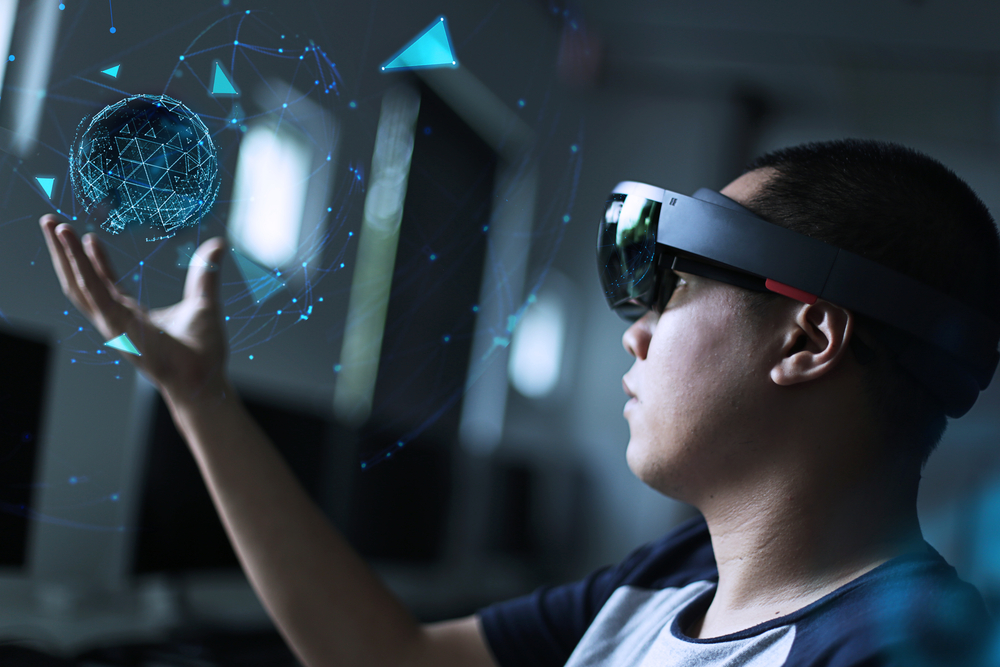Augmented reality (AR) creates an enhanced version of the physical environment by adding virtual creations like objects and characters. Generally, that involves using a phone camera, smart glasses, headsets/helmets, and other equipment. AR is perhaps best known for its use in the gaming and entertainment sector through the Pokémon GO mobile game. But what does augmented reality do? And furthermore, how can it help your business in new and powerful ways?
1. PROVIDE UNIQUE EXPERIENCES
The key to enterprise AR is its ability to help you innovate and create unique, memorable experiences for consumers, clients and staff. With AR technology you can customise experiences for people to enjoy, discover and learn. Take your target audience into a tailored version of their world; give them a taste of a dream lifestyle or adventure complemented by virtual additions. For example, the Microsoft HoloLens transparent headset enables users to engage with digital content and interact with holograms in an otherwise familiar space.
2. USE IMMERSIVE MARKETING
What does augmented reality do from a sales and marketing perspective? It takes the real environment and merges it with virtual creations (notably products and services) that tell a business story, sell an idea or deliver a particular consumer experience. For example, with AR apps on a smartphone or tablet, a consumer can genuinely see and feel what it would be like to own something or do something different within their actual surroundings. It’s built on a concept known as immersive marketing and it’s a tantalising prospect for innovative organisations across various industries.
3. SUPPORT E-COMMERCE
As an extension of an immersive marketing campaign, your business can use AR to support its e-commerce platforms and better engage consumers in online sales activities. There’s no need for a prospective buyer to have, hold or wear a tangible item; instead, they “try before they buy” with a virtual version of the product. For instance, this could mean a person shopping in a virtual store/showroom. As another example, it could mean “trying on” clothes and accessories in a virtual dressing room. It could also mean “viewing” products like furniture and decorations as they’d appear at home or work if ultimately purchased.
4. ENHANCE INTERACTIONS
The future of AR in the workplace will likely involve teams and employees taking advantage of hardware and software that allows them to enter an augmented scenario for education and training on the company’s latest equipment, projects and initiatives. Certainly, more and more brands and organisations are expected to rely on AR technology for advanced interactions and visual communications with staff and external stakeholders.
What does augmented reality do that can benefit your business? Talk to Hire Intelligence about an AR equipment rental today!



